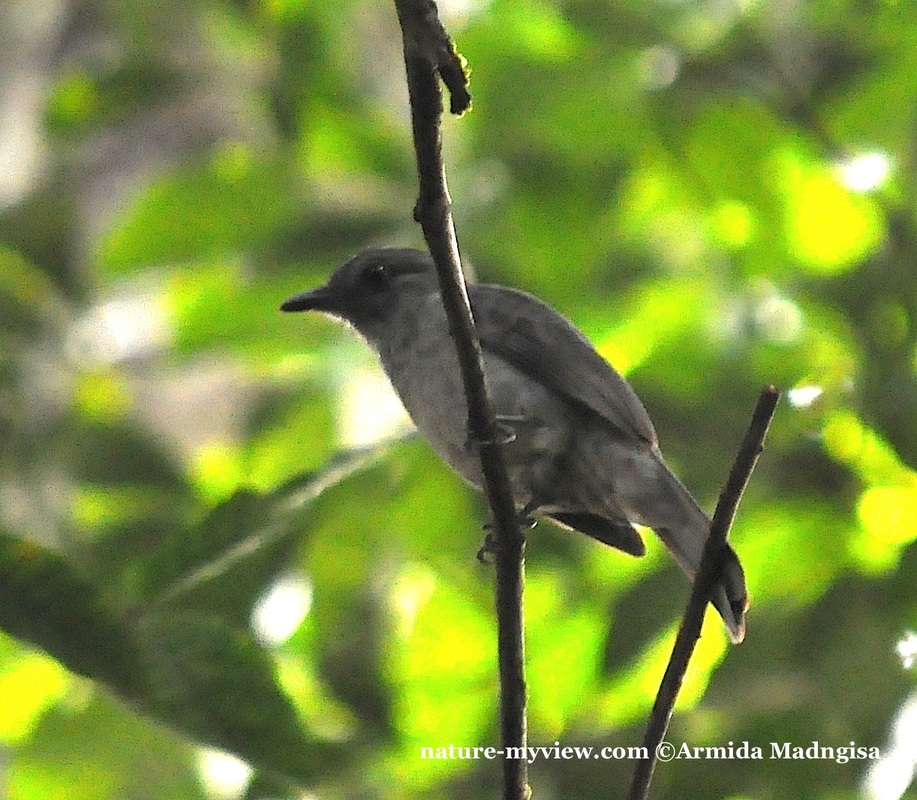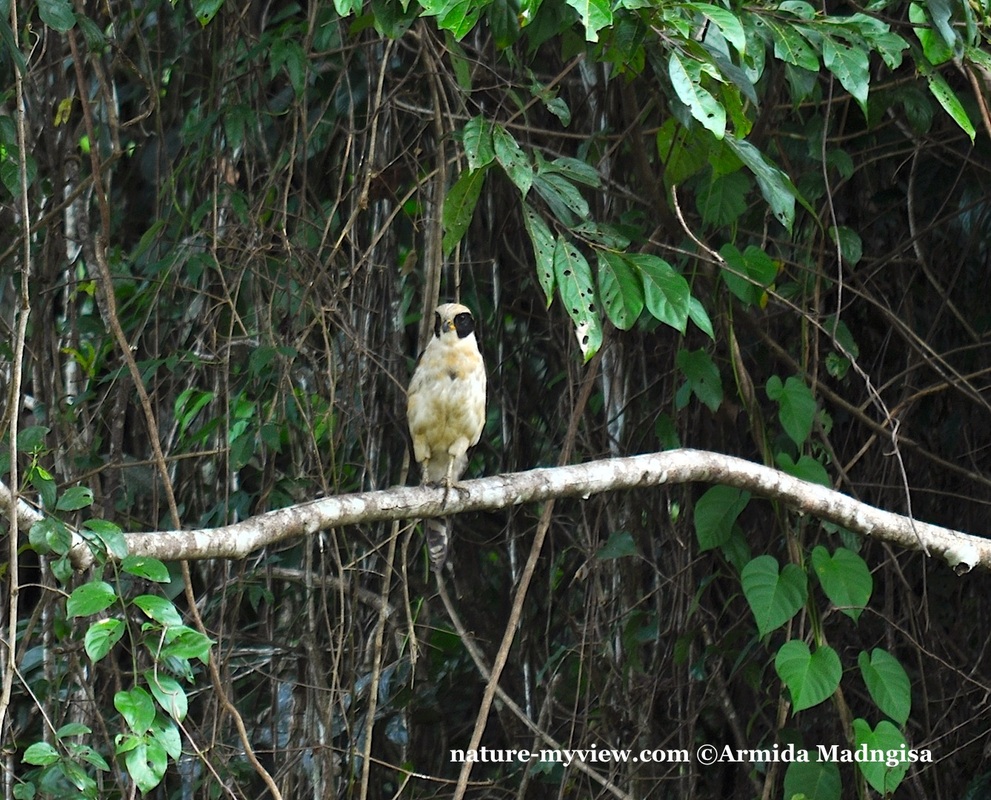|
If you have been in the jungle of Suriname, I am pretty sure that might also have heard this fellow: the Screaming Piha.
Next to the sounds of the Large macaws and cicadas, his voice is also one of the recognizable in the Amazon. The Screaming Piha (Lipaugus vociferate) is a widespread common songbird of the Amazon. He is an ordinary looking bird, who surely won't win a beauty prize. But the moment it starts using its voice: that is when it becomes an extra-ordinary bird with an exceptional loud voice. You have to see it to believe it. I was able to record such a great voice. Great to use as a ringtone. Enjoy! Giant otters are the longest member of the weasel family. Social active semi-aquatic mammals who can move gracefully in shallow river water. They have a remarkable trademark too: a white spot on their neck, which they proudly display when noticed. Can you blame them for being one of the 'must-see' animals in Kabalebo? Giant otters (Pteronura brasiliensis) can best be described as social peaceful animals, very terrestrial and when they are noticed they become one of the noisiest group you are ever going to meet (next to the large macaws) I have seen the giant otters on many occasions when I was on the river, either in a motorboat or in a kayak. They are one of the best experience of a pleasant close encounter. The cubs in the family are well being taken care of by the entire group. When such a group is 'discovered' the mother will hide with her cub in the dense bushes, while the rest of the family will do their outmost best to distract the onlookers. When we notice that a group of giant otters have cubs in their family, we try to stay as short as possible. It is known that human visual can lead to neglect and decreased lactation towards the cubs. Giant otters feed mostly on fish (catfish), crabs, snakes and small caimans. They hunt as a group trying to ambush their prey. It is also known that giant otters are pro fish hunters, making it for you impossible to try to catch a fish nearby.
Due to poaching and habitat loss, giant otters are one of the most endangered mammal species in the Neotropics. Seeing them here in Kabalebo, out there in their natural habitat, makes my stay here even more pleasurable. I was able to record their sound when I met such a group. Remarkable sound. Over the past 5 years I've seen over more then 300 bird species in Kabalebo. Some of them are so extraordinary that it is impossible to forget about them. One of them is called the Laughing Falcon (Herpetotheres cachinnans) The first time that I saw the Laughing Falcon, its appearance and the way it represented itself, captured me immediately. Clean cream colored 'uniform' finished off with a black mask. It usually sits motionless on a high exposed branch for a long period of time. The Laughing Falcon thanks its name due to the way it calls: a humanlike 'maniacal' laughter (often heard during the mornings) The Laughing Falcon is a solitary bird of prey, hunting for lizards and bats, but mainly for snakes. Therefore it is also known as the specialist snake-eater. On some occasions I saw why it is called the snake-eater specialist.
In some countries the Laughing Falcon is also known as the Laughing Hawk or the Snake Hawk. For me, the Laughing Falcon is known as the bird that always has a 'good laughter' in the mornings. Innocent looking bird, but you'll always wonder what it has to hide behind the black mask. I hope you enjoyed this post and thanks for reading. The Grey-necked Wood Rail (Aramides cajanea) is a common bird in Kabalebo. But since it is a shy and secretive bird, it is also one of the most-difficult-to-see birds.
Grey-necked Wood Rails forage through dense vegetation or at river-edges looking for seeds, fruit, crabs or small fishes. During the past few years I saw these rails early in the mornings at river-edges or along the airstrip edge. But they also jumped back quickly into the safe dense vegetation when 'discovered'. This habit made it quite difficult for me to 'immortalize' them with my camera. Usually heard around dawn and dusk, Grey-necked Wood Rails produce, so far I know, a loud and excited call or a sick and distressed call. When people ask me how they sound like, I usually describe their calls as follow: - Loud & Excited: 'Mother-in-Law being choked' - Sick & Distressed: 'An abandoned or injured child crying for help' I was able to record both sounds, so you'll be the judge. Enjoy! |
Archives
June 2024
Categories
All
|









 RSS Feed
RSS Feed